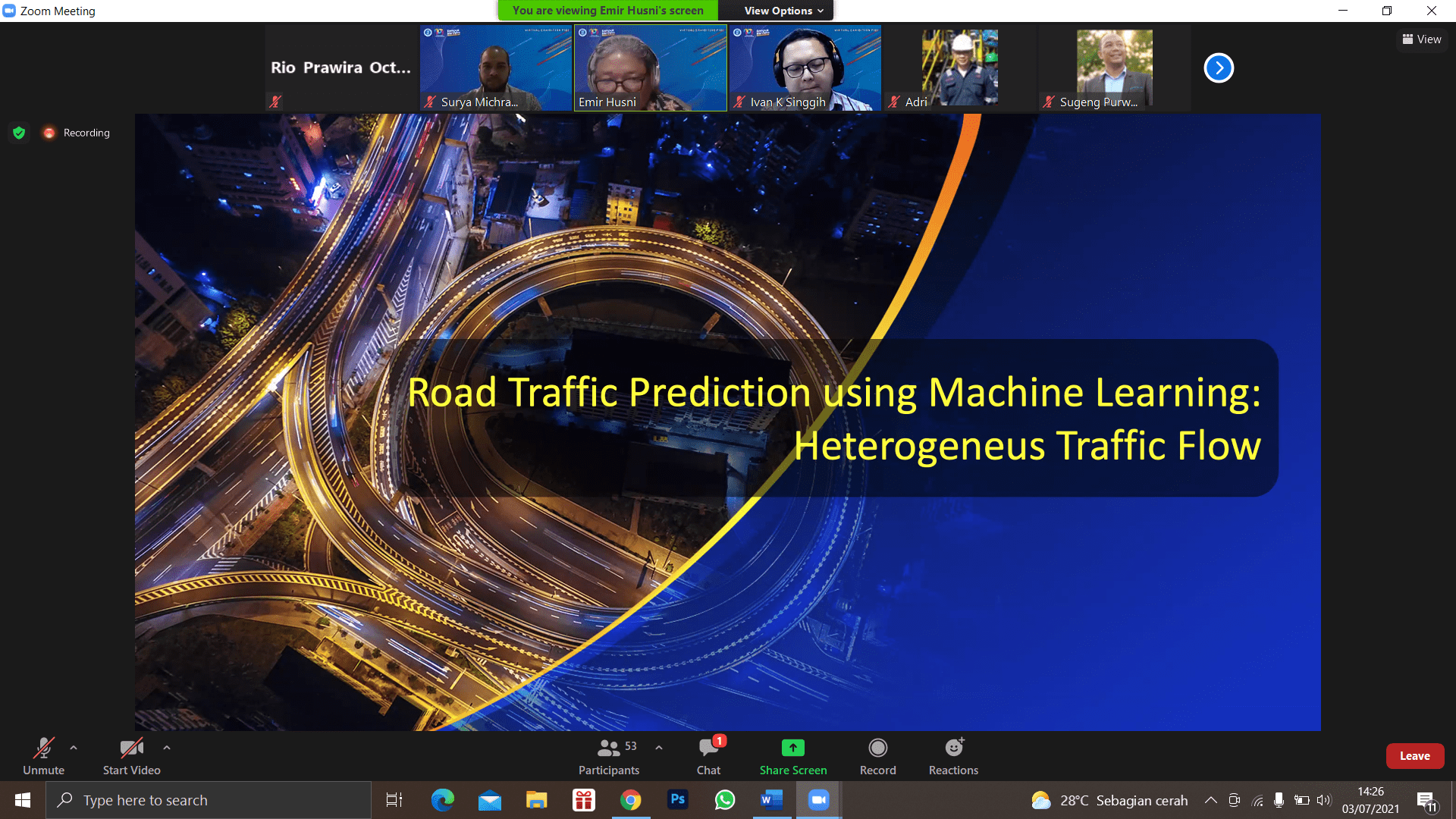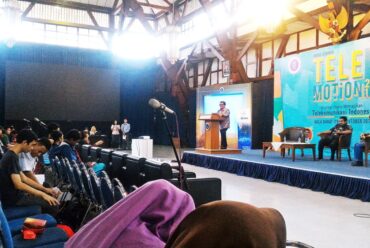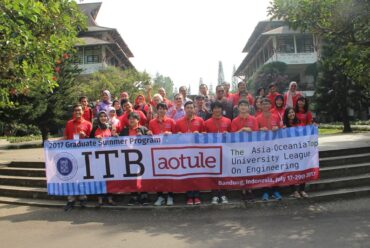STEI ITB Explains How Intelligent Transport Systems (ITS) Work in Indonesia
In connection with the 101st Commemoration of Higher Education in Indonesia, STEI ITB held a webinar on July 3, 2021. The webinar which will be held on 3 July 2021 is divided into two sessions. In the first session, the speaker explained how technology plays a role in the transportation system in Indonesia. Ir. Emir Mauludi Husni, M.Sc., Ph.D. and Dr. Ivan Kristianto Singgih, ST., MT. The topic presented in this webinar is Living Laboratory of Intelligent Transportation Systems in Indonesia: Research and Startup.
Intelligent Transport Systems (ITS) is an umbrella term for a variety of technologies including processing, control, communication, and electronics that are applied to transportation systems. ITS also includes advanced approaches to traffic management using artificial intelligence (AI)
ITS is needed to meet the needs in several sectors. First, governance which includes traffic management and guidance, road planning, road early warning, and bus supervision and management. Second, the enterprise sector includes vehicle schedules, real-time accident warnings, and commercial analysis data. Third, general service users include detailed geographic information services, accurate real-time road condition services, accurate traffic information services, and real-time vehicle information services.
Sensors are used to determine a road condition using CCTV. Generates data on density by calculating the number of cars and motorbikes passing on the road, and the average speed of road users. It is undeniable that several roads do not have CCTV, so the sensors are replaced by using applications such as Google Maps or Waze which of course require cooperation. In addition to vehicles, this system also functions for pedestrians, especially during the Covid-19 pandemic so that it supports social distancing programs.
“The data sent from smart CCTV is not an image. If the streaming video is sent, the bandwidth will be very large. So a mini-computer is provided to calculate the density and speed that is sent so that the bandwidth is smaller like the bandwidth when sending SMS” explained Prof. Ir. Emir Mauludi Husni answered questions from webinar participants.
It also explains road traffic prediction using machine learning: heterogeneous traffic flow which ultimately creates how the system differs for motorcycles and cars. So, do not be surprised if using a motorcycle can be directed through small alleys.
With this system, there are also recommendations for paths that can be used by users to get to their destination with the shortest estimated time.
The problem that supports the creation of this system is the accumulation of vehicles, causing congestion and decreasing driving speed. According to BPS data, there are 22 million cars & 113 million motorcycles in Indonesia. This causes traffic jams to grow by 7.5%. In addition, Indonesia is ranked as the 7th worst country according to Numbeo in 2019 with an index value of 225.21.
This system using Bayes Classifier. This is because there are statistical data and growth data that are needed for growing data.
Weather and time affect road congestion. Calculation of degree of saturation is used to obtain road conditions, as well as NKJ Calculation with parameters of road conditions, heterogeneous, weather, temperature, humidity, road length, and compatibility. The purpose of using this NKJ Calculation is to find the best road route for users.
In the question and answer session, it is described how weather can affect traffic jams. Like what happened in Bandung, when the weather was hot, many motorcyclists stopped in the shade when they were at a red traffic light. In addition, when it rains it also affects the level of congestion.

After Prof. Ir. Emir Mauludi Husni, M.Sc., Ph.D. explained the material, continued by Dr. Ivan Kristianto Singgih, ST., MT. which focuses more on explaining how the traffic light management mechanism is to overcome the existing congestion.
With smart control that uses sensors and big data, you will get information related to traffic lights and the movement of drivers. The goal is to observe how motorists move, regulate road flow so as to reduce congestion and recommend routes for motorists through the application. It is hoped that with this observation, motorists can arrive at the location in a short time, and congestion will be reduced.
“In Korea, we use the Related Studies with Traffic Control method using RL. See the effect of traffic light settings (time). Whether by increasing it can reduce congestion or not, and continuously testing, “said Dr. Ivan Kristianto Singgih.
During the question and answer session, it was seen that the webinar participants were very enthusiastic about the topics presented. This is evidenced by the many questions asked so that the atmosphere of the webinar can become more lively.
This event can also be watched on STEI’s Youtube Channel:



